Home canning safety is important. Take these tips from a learner, a beginner in the art of home canning. You too can learn how to can and preserve garden produce.
Home Canning for Beginners
Those among my readers who have been with me through this journey from city mouse to country mouse, high heeled, stressed-out executive to home canning, gardening and freelance writing lady know that I am by no means an expert on home canning and food preservation.
What I know, I learned, both from reading and from observing the woman in my new rural community who grew up working alongside their mamas and grandmamas in the kitchen. I asked questions; my curious nature leads me to explore new subjects and find answers to lingering questions.
Home Canning Safety
Some may remember that my first forays into canning were fraught with anxiety. Would I poison my family? Kill those I love via invisible botulism spores? I’m thrilled that as of this writing, I’ve canned vegetables and fruit, and made jam, without so much as getting a single person sick. I’ve canned beets, green beans, peppers, carrots, potatoes and pickles. I’ve made homemade pear butter and wild blackberry jam. And while not all of it has been scrumptious, it’s all been well worth my time.
Home Canning Safety Tips
The Differences Among Canning Methods and Equipment
The first order of business for anyone wishing to learn how to preserve food at home is to learn the differences between the two most popular canning methods. Each requires its own equipment, and is used for very different types of food preparation.
- Hot Water Bath Canners: These are the old-fashioned gigantic pots with lids that are filled with water and filled jars, then boiled for a set period of time. Hot water bath canners are fine for pickling products and for acidic foods. Both pickling and acidic foods kill bacteria along with the lower temps of steam (boiling point) inside the canning pot.
- Pressure Canners: Pressure canners are like big monster pressure cookers. I bought my first one in 2012 and love it. With a pressure canner, you don’t need an acidic base like pickling juice or sugar, nor do you need to cook some vegetables before canning them. You can can many foods using a pressure can. The high heat and pressure kill lurking microorganisms and seal the jars. I can green beans this way, along with potatoes and some other vegetables. The green beans are the easiest for me to can, which is good news since my garden has been so generous in providing them to us this summer! On Saturday alone, I canned 12 pints of green beans – and will probably end up canning another 6 or 8 pints this weekend.
Inversion Canning and Oven Canning Is NOT SAFE
I’m not a fan of inversion canning. I’ve seen recipes floating around the web and bloggers proposing inversion canning for jams and jellies. Inversion canning means that you prepare jams and jellies, then simply turn the hot, freshly prepared jar over. The heat against the jar rim creates the seal.
The National Center for Food Preparation states that while inversion canning may work, it’s not very safe. Seals tend to fail more quickly with this method than traditional canning, and the excess oxygen left inside the jars often spoils food more quickly.
Oven canning is also not recommended. I’ve seen home preparedness website recommend oven canning to prepare dried beans and rice for long-term storage, and that may be a viable method to kill insect larvae and prepare dried foods for storage. However, as a canning method, it’s dangerous. The previously cited National Center for Food Preparation states that the high temperatures can shatter jars inside the oven, creating not just a mess but a hazard.
To be absolutely sure you’re preparing foods the safest way possible, follow the directions provided by the canning manufacturer or the recipe book, and only use hot water bath or steam canning, choosing the appropriate method for the type of food you are preparing.
Home canning is an economical and fun way to preserve the garden harvest. Just be safe and smart, and use the right method and equipment for the food you’re preparing.
Canning Resources
- Ball Canning and Recipes website – great site for newcomers and old hands at canning.
- Free printable canning jar labels.
- The USDA’s Complete Guide to Canning
More Articles on Home Canning
Below, you’ll find recommended books and products to help you start home canning if you’re interested.
The following are affiliate links. We are a participant in the Amazon Services LLC Associates Program, an affiliate advertising program designed to provide a means for us to earn fees by linking to Amazon.com and affiliated sites. Thanks so much for being a part of Home Garden Joy!
Ball Complete Book of Home Preserving: 400 Delicious and Creative Recipes for Today

Granite Ware Covered Preserving Canner with Rack, 12-Quart

Hot water bath canning pot (canner)
Mirro 92116 Polished Aluminum 5 / 10 / 15-PSI Pressure Cooker / Canner Cookware, 16-Quart, Silver


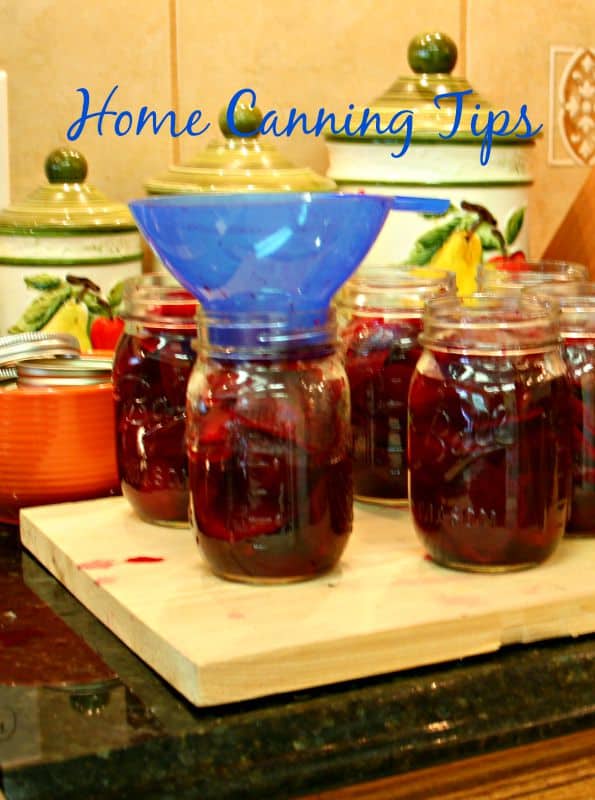
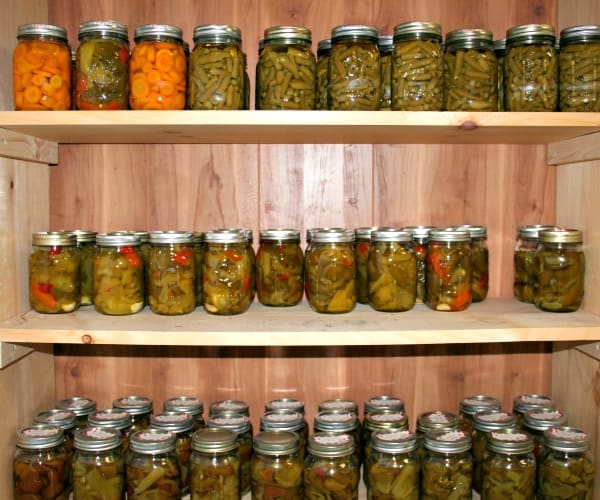
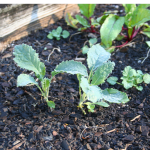
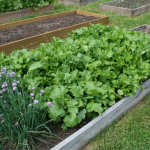

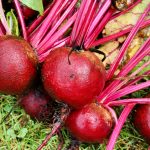
[…] homegardenjoy.com […]